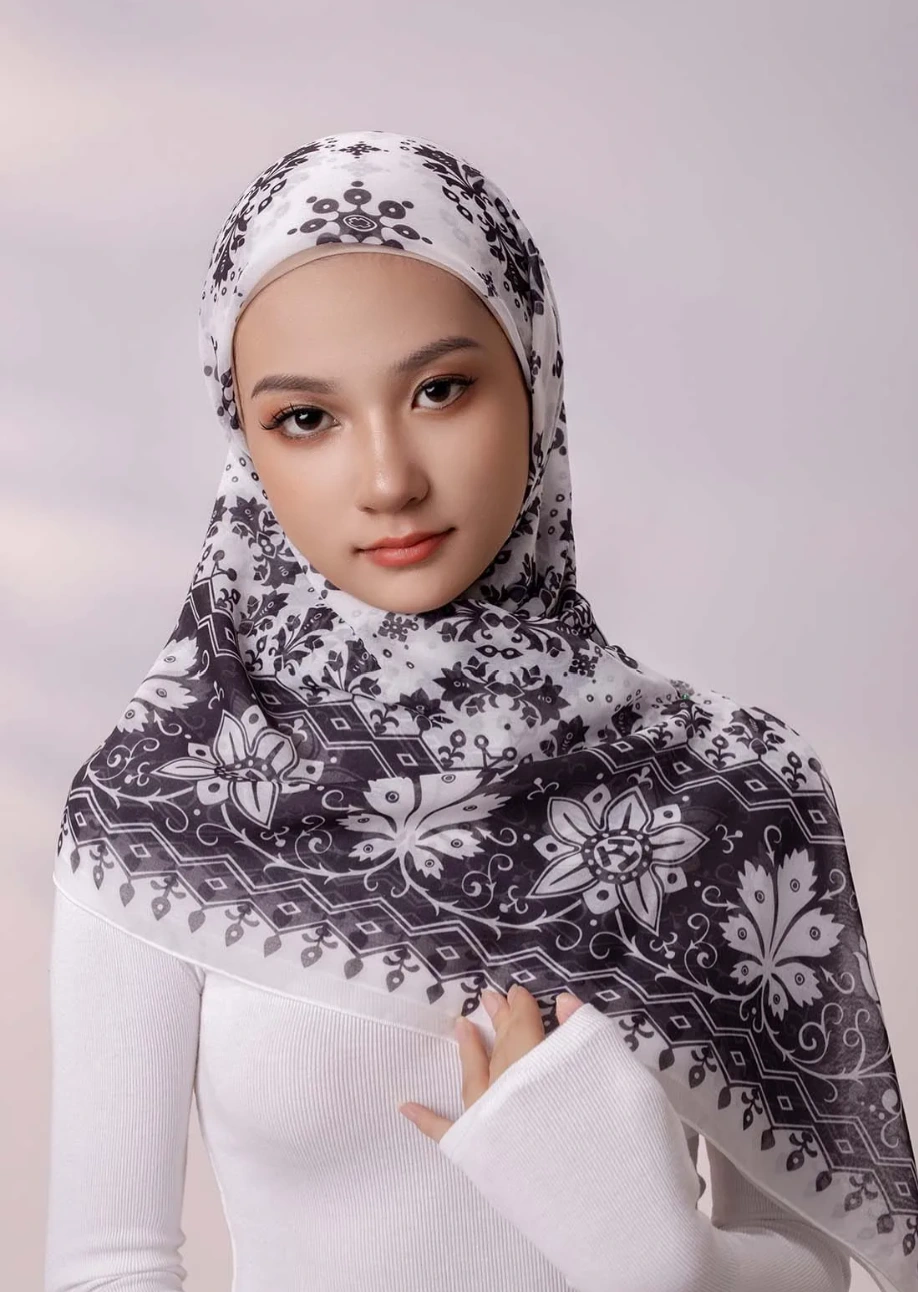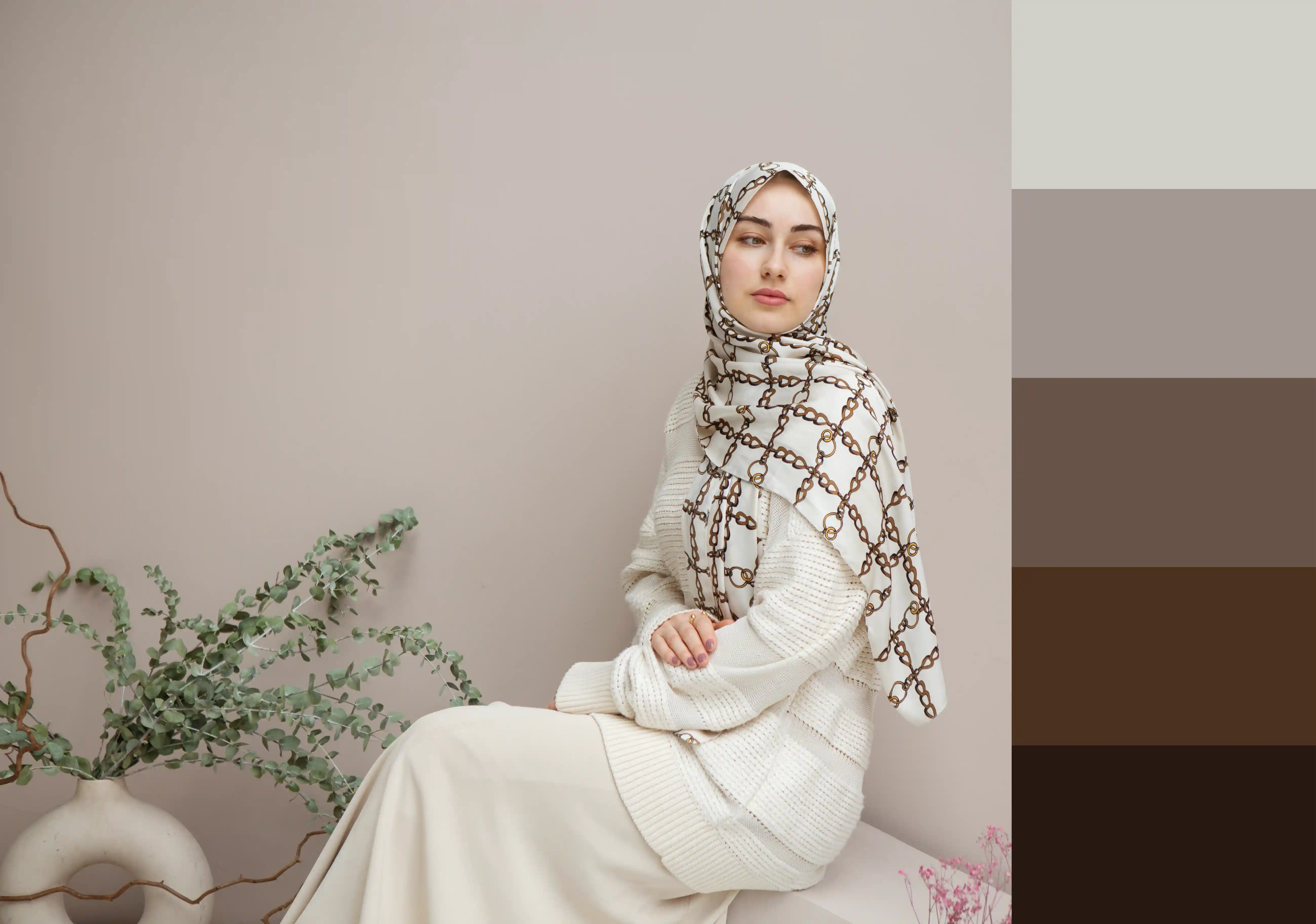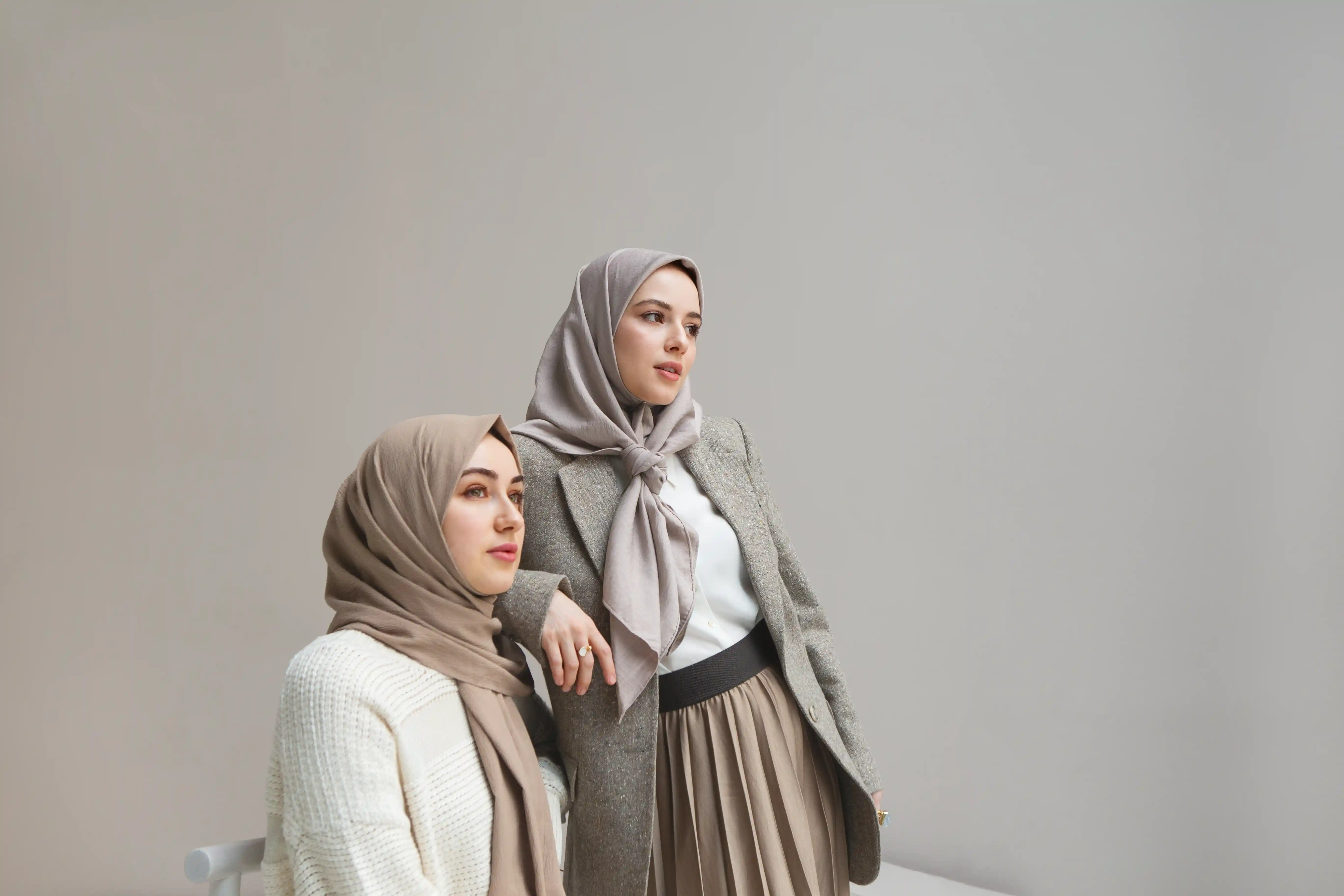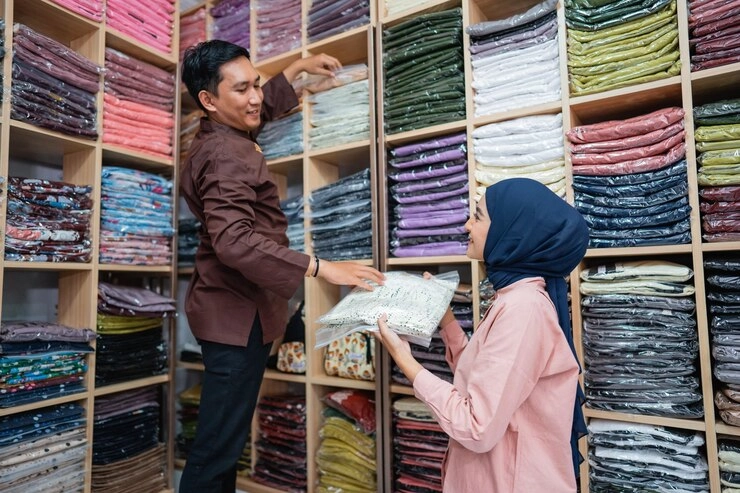Is Wearing a Colored Hijab Haram? An Islamic Perspective on Modesty and Choice
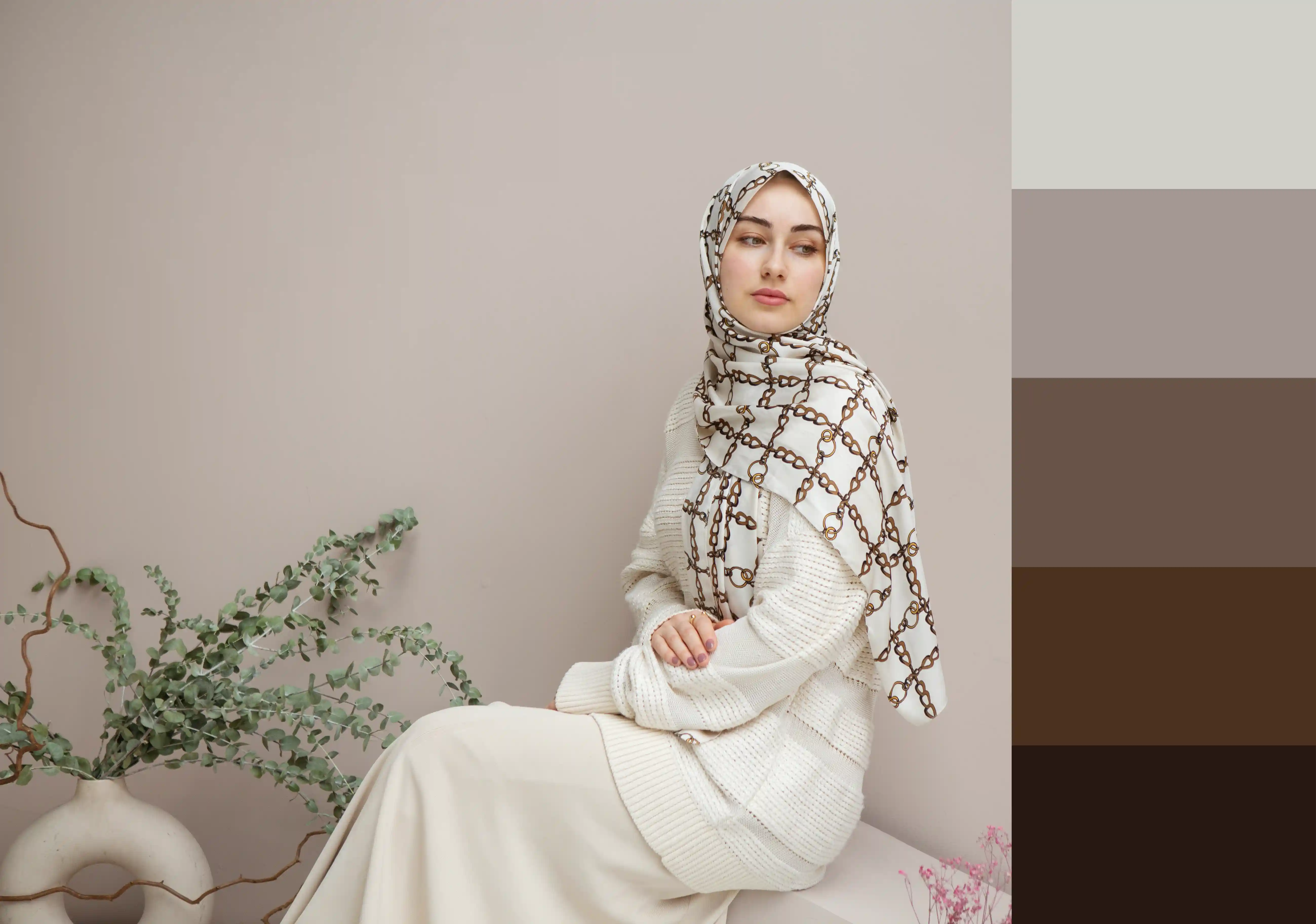
The hijab is a common sign of modesty in Islam. Muslim women wear it to show their faith and follow Islamic ways. People often ask about hijab styles, colors, and patterns. Some wonder if bright colors are okay. The hijab is an important part of dressing simply. But its look and color come from both religious ideas and what women like. This article checks if a colored hijab is wrong in Islam. It also talks about modesty and how different places shape hijab styles.
The Significance of Modesty in Islam
Islam cares a lot about modesty, called haya. This idea is for both women and men. Modesty shows faith inside and respect for others. The Quran tells everyone to dress plainly. They should cover their bodies to stay dignified and avoid extra looks. For women, the hijab is a big way to do this. But it looks different in each culture.
Modesty as a Core Principle
Modesty in Islam isn’t just about clothes. It changes how you act, talk, and treat people. The Quran says men and women should dress simply. For example, Surah An-Nur (24:31) tells women to “look down and keep modest.” This means dressing in a plain way. It’s not just about covering up. It’s about showing your faith and staying humble.
Modesty is a big deal for Muslims. It’s not only what you wear. It’s about being kind and respectful. Women who wear hijabs feel closer to their faith. It reminds them to act with care and stay humble every day.
The Role of Hijab in Modesty
The hijab is super important for modesty in Islam. It helps women follow the Quran’s advice to dress plainly. The hijab isn’t just a scarf. It shows a woman’s promise to faith and modesty. Its style changes in different places, but its job stays the same. It keeps women dignified. It also stops others from judging them by their looks. Women wear it to stick to their beliefs. They want to look respectful.
A hijab can be plain or pretty. Some women like simple ones. Others pick ones with designs. No matter the look, the hijab needs to cover the hair and body well. This makes women feel safe and honored in public.
Is It Haram to Wear a Colored Hijab?
People talk a lot about modesty in Islam. One question is about colored hijabs. Some think bright or fancy hijabs might be wrong, or haram. That’s not true. The color of a hijab doesn’t make it right or wrong. What matters is if it follows modesty rules from the Quran. The shade isn’t the issue. It’s about keeping things simple and humble.
The Common Misconception about Colors
Some folks think bright or patterned hijabs are bad. They worry these might catch too many eyes. But Islam doesn’t say colors are wrong for hijabs. The main thing is modesty. A hijab can be any color if it doesn’t pull too much attention or go against plain dressing. Choosing a colorful or designed hijab is up to the woman. It’s okay if it stays modest.
Bright colors don’t mean immodest. A woman might pick a red or blue hijab because she likes it. That’s fine. It’s about how she wears it. If it covers her well and isn’t too showy, it works. Modesty is about your heart and your look, not just the color.
Scholarly Opinions on Colored Hijabs
Islamic teachers have different thoughts on clothing rules. Some say any color is fine for modesty. Others say hijabs shouldn’t grab too much attention. Most agree on one thing. The hijab needs to cover the hair, neck, and chest. It shouldn’t be worn in a way that’s not modest.
The color is the woman’s choice. If it covers right and stays simple, it’s not wrong. In some places, bright colors or patterns let women show their style. They can be themselves while staying modest. Teachers say modesty is the goal, not boring colors. For example, a woman in a yellow hijab can be humble if she wears it properly.
The Importance of Modesty Over Color Choice
Hijab colors can be different, but modesty is always the big focus. Dressing modestly is more than covering your hair. It’s about looking dignified and respectful.
Modesty as the Primary Concern
Islamic rules say to cover the body to keep things private. They also say to avoid extra attention. A hijab, no matter its color, shouldn’t stand out too much. The main point is modesty. Your style, like picking colors, shouldn’t hide this idea. So, a bright hijab is okay if it’s modest.
For example, a woman might wear a purple hijab with stars. If it covers her hair and chest well, it’s modest. The color isn’t the problem. It’s about coverage. Women can pick colors they love. But they need to make sure their hijab keeps them humble and respectful.
Individual Choice and Cultural Influence
Hijab colors often come from local or cultural ways. Different Muslim groups have their own styles. These include colors and designs that match their traditions.
The Hijab in the Middle East
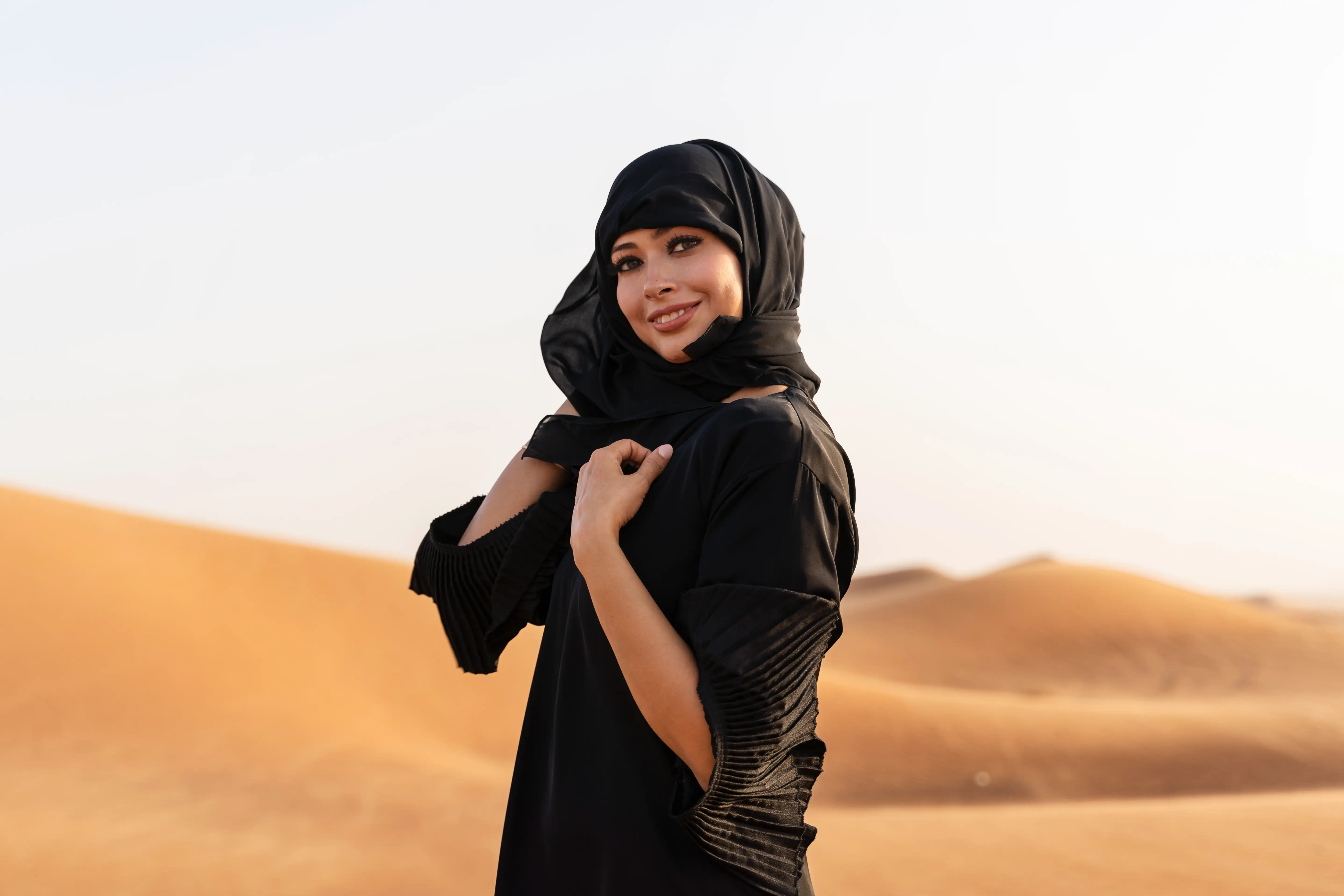
In places like Saudi Arabia, UAE, and Iran, dark hijabs are usual. Black is a common choice. This shows a stricter idea of plain clothing. But in Lebanon, women might pick lighter or colorful fabrics. They still dress modestly. These choices show how culture changes hijab styles. Women balance faith with local ways.
Middle Eastern women often choose hijabs that fit their culture. Some like dark colors for tradition. Others use lighter ones to show their personality. Both ways can be modest and respectful.
The Hijab in South Asia (Pakistan, India, Bangladesh)
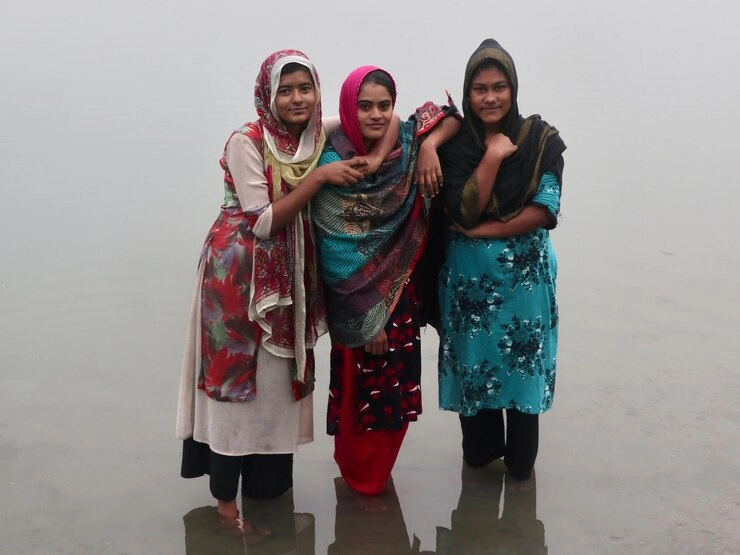
In South Asia, hijabs are often bright, like pink, red, or yellow. Women in Pakistan and Bangladesh pick hijabs that go with their traditional clothes. These bold colors and designs still keep modesty. They mix cultural style with Islamic rules. Women feel proud to wear colorful hijabs that show their roots.
For example, a woman might wear a red hijab with gold patterns. It matches her outfit and looks nice. But it still covers her properly. This shows how South Asian women blend faith and culture.
The Hijab in Southeast Asia (Malaysia, Indonesia)
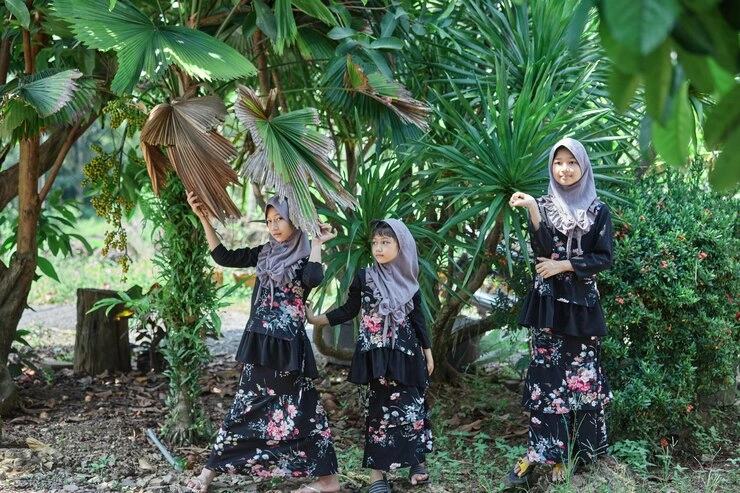
In Malaysia and Indonesia, hijabs come in all kinds of colors. Some are soft, others are bright with patterns. These places mix old hijab styles with new fashion. Women show their style while keeping modesty first. The variety lets them share faith and personality. A woman might wear a green hijab with flowers. It’s modest and stylish at the same time.
Southeast Asian women love playing with colors. They might choose a bright hijab one day and a plain one the next. This freedom helps them feel confident while staying true to their beliefs.
The Hijab in Western Countries
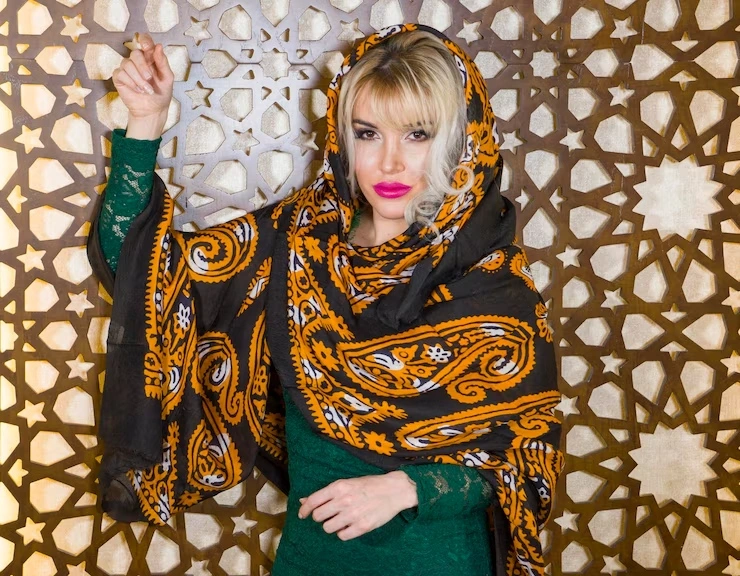
In the US, Canada, and the UK, Muslim women often wear colorful or patterned hijabs. These show who they are. The hijab lets them share their faith while fitting into different cultures. Bright colors and designs make them feel strong. They show both faith and their own style. For example, a woman might wear a orange hijab with sparkles to feel special but still modest.
Western women use hijabs to stand out in a good way. They pick colors that make them happy. This helps them feel connected to their faith and their new home.
Jinlai Textile: A Reliable Hijab Supplier
Jinlai Textile is a great company for high-quality hijabs. They have lots of colors and designs for every Muslim woman. You can find plain or printed scarves. Jinlai Textile’s products mix modesty with style. Their hijabs use soft, comfy fabrics. These are perfect for wearing all day. For more info, check their About Us page or see their Jacquard Scarf and Printed Scarf.
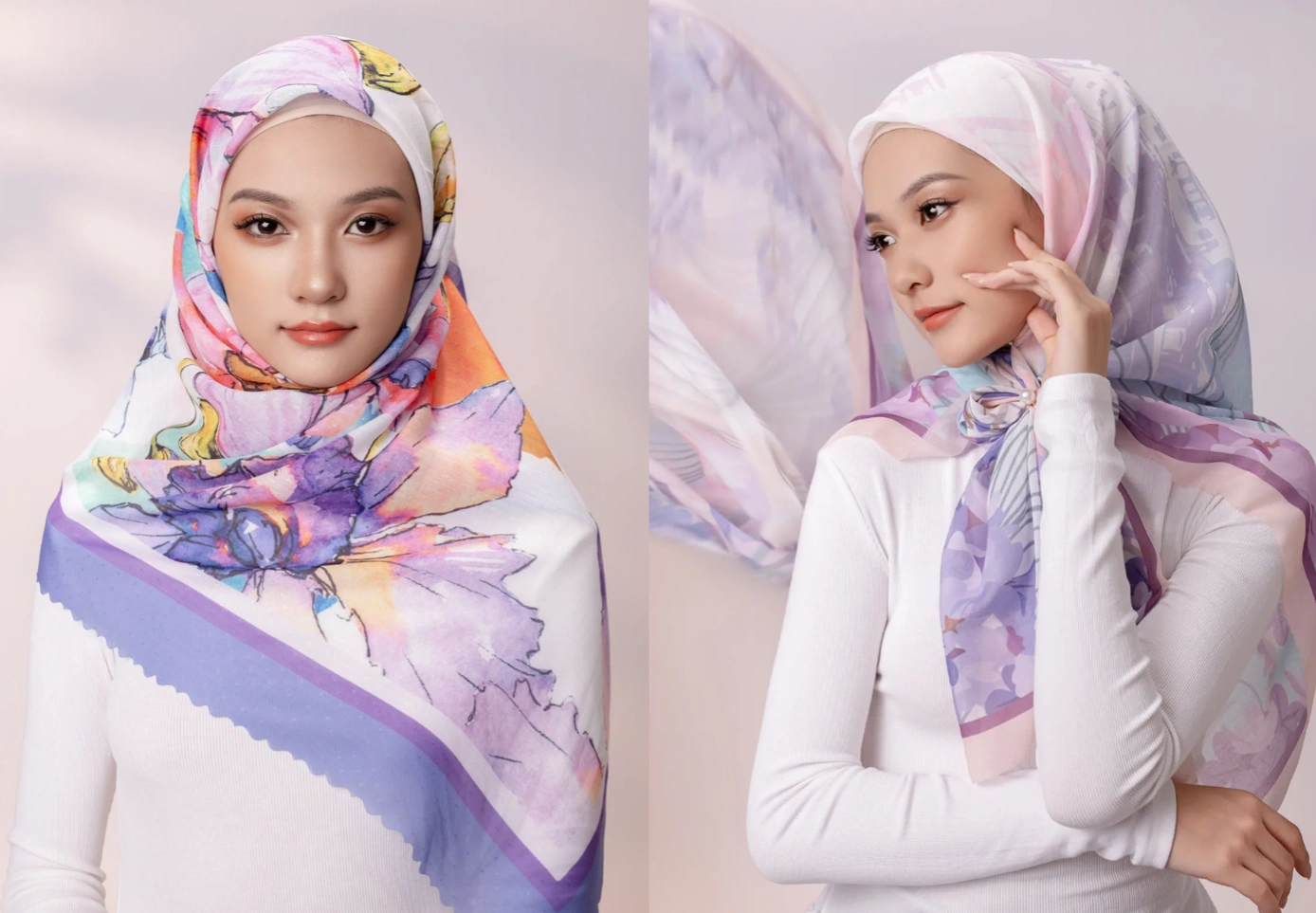
Their collection helps women feel happy with their choices. You can pick a simple hijab or a fancy one. Jinlai Textile has something for everyone. Their fabrics are soft and great for everyday use. Women can choose styles that match their taste and stay modest.
Conclusion
To sum up, a colored hijab isn’t wrong in Islam. The big thing is whether it follows modesty rules from the Quran. Culture and personal likes shape hijab styles and colors. But modesty is always the main goal. Islamic teachings ask women to dress plainly. The hijab is a way to do this. It’s both a spiritual and cultural choice. Women can pick colors they enjoy. A bright hijab is fine if it covers right. Modesty comes from how it’s worn, not its shade.
Around the world, Muslim women wear hijabs in many ways. They show their faith and culture together. The hijab is a special way to be modest and express yourself. It’s a balance of belief and style that women love.
Frequently Asked Questions (FAQs)
Q1: Is a brightly colored hijab wrong?
A1: No, a bright hijab isn’t wrong in Islam. Modesty is what matters. If the hijab covers well and doesn’t catch too much attention, the color is okay.
Q2: Can I wear hijabs with patterns or prints?
A2: Yes, patterned or printed hijabs are fine if they’re modest. The design shouldn’t pull too many eyes or distract.
Q3: How do I pick a hijab that fits Islamic modesty?
A3: Choose a hijab that covers your hair, neck, and chest completely. Pick soft, comfy fabric. Go for a style that keeps you humble and respectful, as Islam says.

